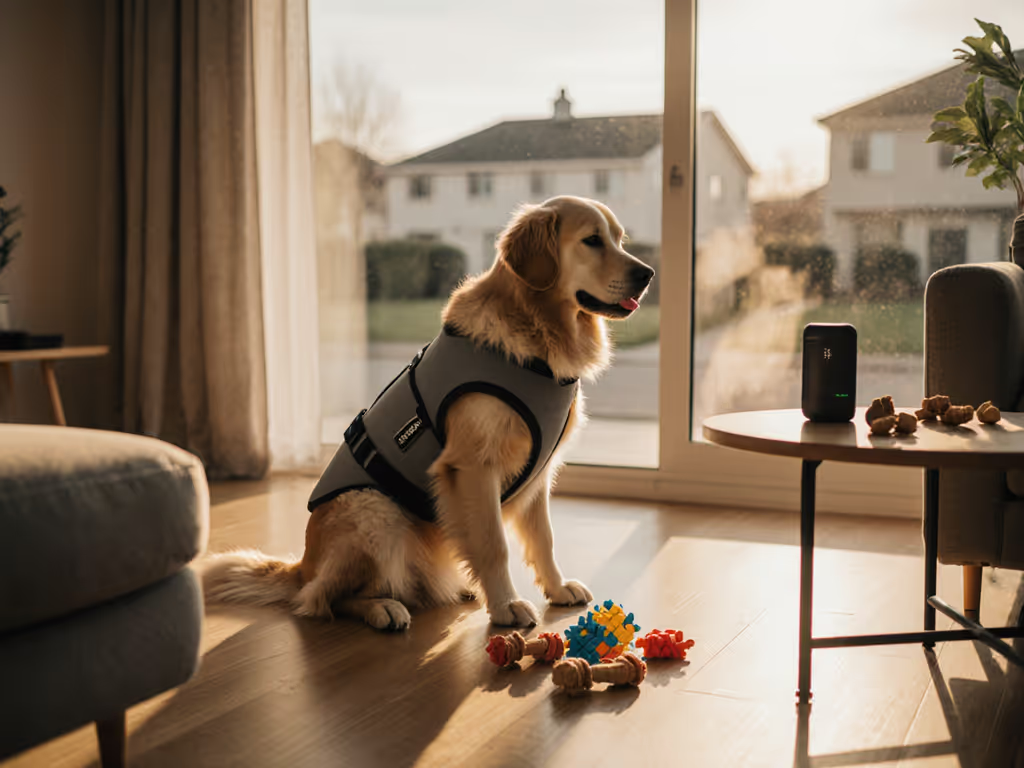
Dog Agility Training: Reduce Stress, Build Confidence
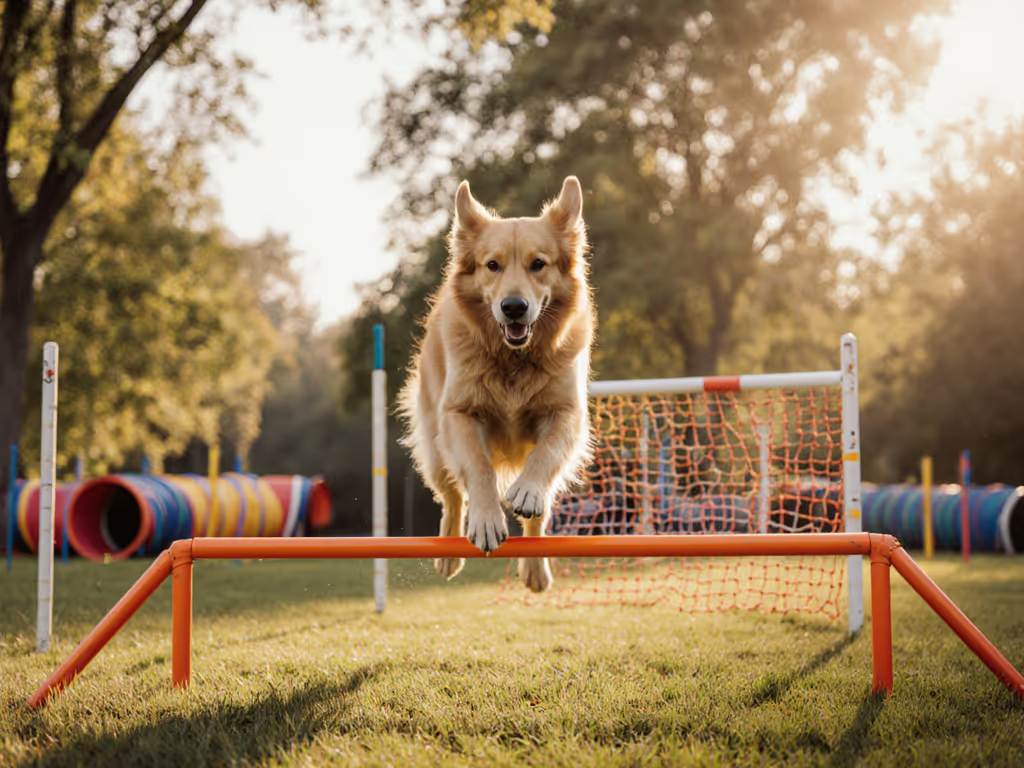
Many guardians discover that dog agility training tools aren't just for competition rings (they're surprisingly effective allies for reducing dog stress during training in everyday life). When paired with thoughtful calming equipment for dogs, these tools create a confidence-building framework that transforms tense walks into joyful connections. Forget the idea of obstacle courses under stadium lights; the real magic happens in your apartment hallway, backyard, or quiet street corner where small, consistent steps build profound trust. For a safe small-space setup, see our adjustable home agility equipment guide.
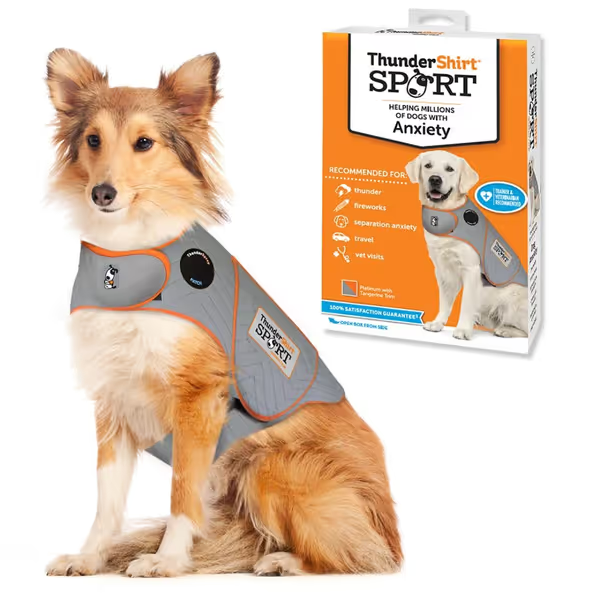
Thundershirt for Dogs
Why Agility Training Is a Stress-Relief Superpower (For Dogs and Handlers)
Contrary to popular belief, agility isn't about speed or athleticism, it's about structured problem-solving that rewires canine anxiety. Studies confirm that dogs navigating simple agility sequences experience measurable drops in cortisol, the stress hormone. Why? Because they're mentally engaged in purposeful work, not reactive chaos. Each successful weave pole entry or calm pause on a platform releases endorphins, creating natural calm. For guardians, this means fewer heart-pounding moments when your dog spots a squirrel or passing cyclist. Training with fearful dogs becomes possible when the focus shifts from avoidance to achievable challenges.
I once worked with a rescue pup who trembled at hallway echoes in her studio apartment. We started with one plastic ring placed near the door (no movement, just calm presence). Within days, she'd earned the confidence to walk ten steps without panic. That's the power of agility: it turns overwhelming environments into manageable puzzles. Small wins, stacked safely, build calm, confident teams.
Gentle Progressions: Start Where You Actually Are
Your kitchen floor is today's agility arena. Forget complicated backyard setups. Focus on these progression checklists that honor both your time constraints and your dog's emotional bandwidth:
Stage 1: Home-Based Thresholds (3 Minutes Daily)
- Gentle directive: Place a single target mat or low platform just inside your doorway.
- Handler posture cue: Stand relaxed beside it, treat pouch at waist level (no looming!).
- Success marker: Dog stands calmly on mat for 3 seconds -> treat on the mat.
- Stress-reduction tip: If your dog bolts, lower the criteria, just stepping toward the mat earns praise. Remember: lower the criteria, keep the success.
Stage 2: Controlled Movement (5 Minutes Daily)
- Gentle directive: Add a second mat 2 feet away. Lure with chin-level treats in slow motion.
- Handler posture cue: Take tiny steps sideways (not forward) to avoid pressuring the dog.
- Success marker: Dog follows your hand between mats without lunging or freezing. For better control during this stage, compare front-clip vs back-clip harnesses and choose the best fit for your dog.
- Stress-reduction tip: Use a front-clip harness (like the Ruffwear Front Range) to prevent spinning. If tension rises, pause and reset at Stage 1.
Stage 3: Context Shifts (Home -> Street)
- Gentle directive: Move one mat outside your front door. Practice Stage 1 before opening the door wider.
- Handler posture cue: Anchor your feet (shifting weight unpredictably stresses dogs).
- Success marker: Dog settles on the outdoor mat amid low-level distractions (e.g., distant cars).
- Stress-reduction tip: Pair this with anxiety vests for dogs if background noise triggers anxiety. The gentle pressure mimics a resting position, telling the nervous system, "You're safe here."
Small wins rewire habits (and confidence). One block today sets up two blocks next week.
Calming Equipment: Tools, Not Crutches
While calming collars review pages overflow with options, prioritize gear that supports your training (not replaces it). Consider:
-
Anxiety vests for dogs: Like the ThunderShirt mentioned above, these apply steady pressure similar to swaddling. Ideal for predictable stressors (parades, vet visits), but discontinue once your dog masters Stage 2. Never use during high-distraction training where full sensory awareness is needed.
-
Pheromone collars: Products like ThunderEase replicate calming maternal scents. Useful for baseline anxiety (e.g., home-alone time), but pair with gradual exposure training. Never rely solely on scent for street work, dogs need to process real-world stimuli.
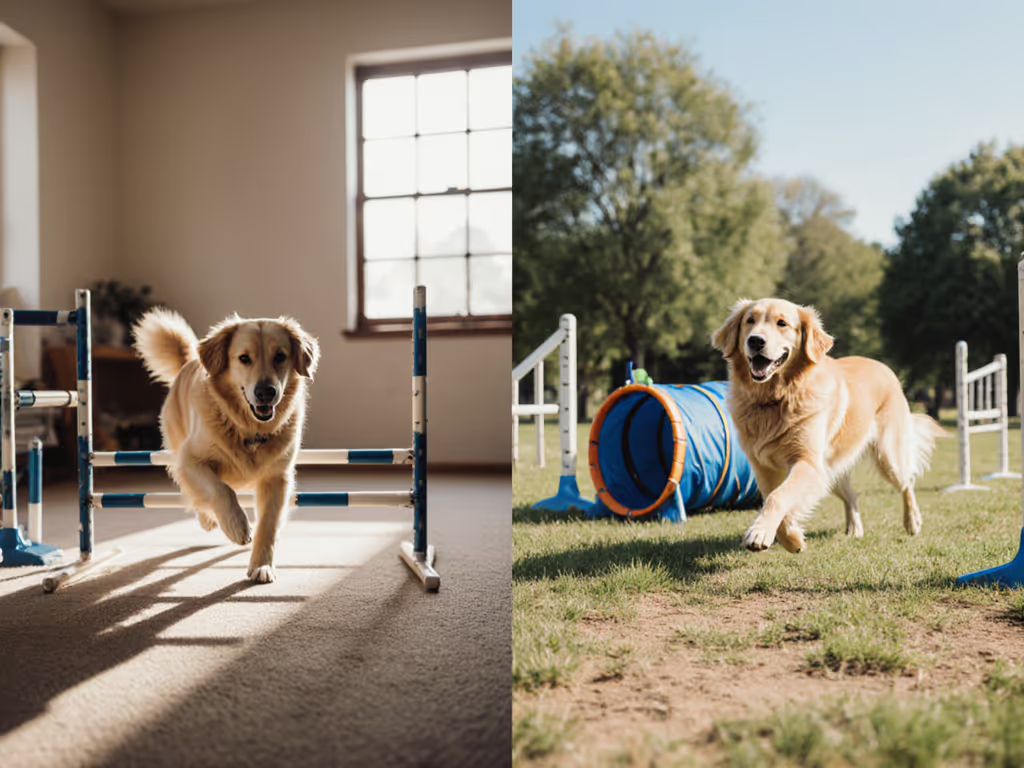
Crucially, calming equipment for dogs only works when woven into your progression. That rescue pup? We used her ThunderShirt only during the first 5 minutes of outdoor mat practice. By week three, she'd earned enough confidence to work without it. The gear was a bridge, not a destination.
Troubleshooting Fearful Foundations
Training with fearful dogs demands extra compassion. If your dog freezes or retreats mid-drill:
- Pause immediately: don't lure or cajole.
- Reset distance until they're in their "calm zone" (e.g., 10 feet from the mat).
- Reward soft eyes and loose posture, not just proximity to the obstacle.
A recent client's German Shepherd would panic near tunnel entrances. Instead of forcing entry, we draped the tunnel flat like a bridge. Day 1: Treats beside it. Day 3: Treats on it. Day 7: One gentle step through. Rushing creates setbacks; respecting thresholds builds resilience.
Your Actionable Next Step: The 3-Minute Threshold Drill
Start today (no equipment needed beyond your dog's usual harness):
- Stand inside your doorway with a treat pouch.
- Open the door just 6 inches. If your dog stays calm (no barking/lunging), mark with "Yes!" and treat at your feet.
- Gradually widen the opening over 3 minutes. Stop if tension appears.
This isn't about the door, it's about teaching confident transitions. Track your wins: "Dog settled for 10 seconds at 12-inch door opening." Celebrate microscopic progress. Tomorrow, add one mat outside the threshold.
When frustration rises during practice, remember: lower the criteria, keep the success. Confidence isn't built in leaps but in the quiet accumulation of moments where your dog thinks, "I can do this." And so can you.
Related Articles

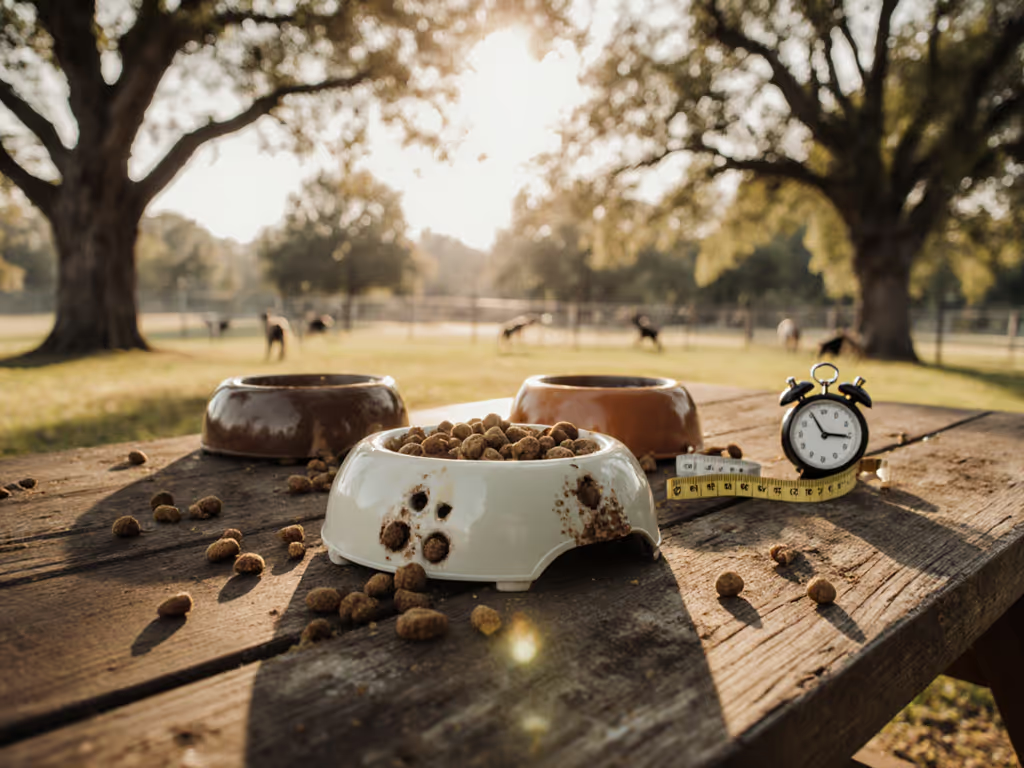
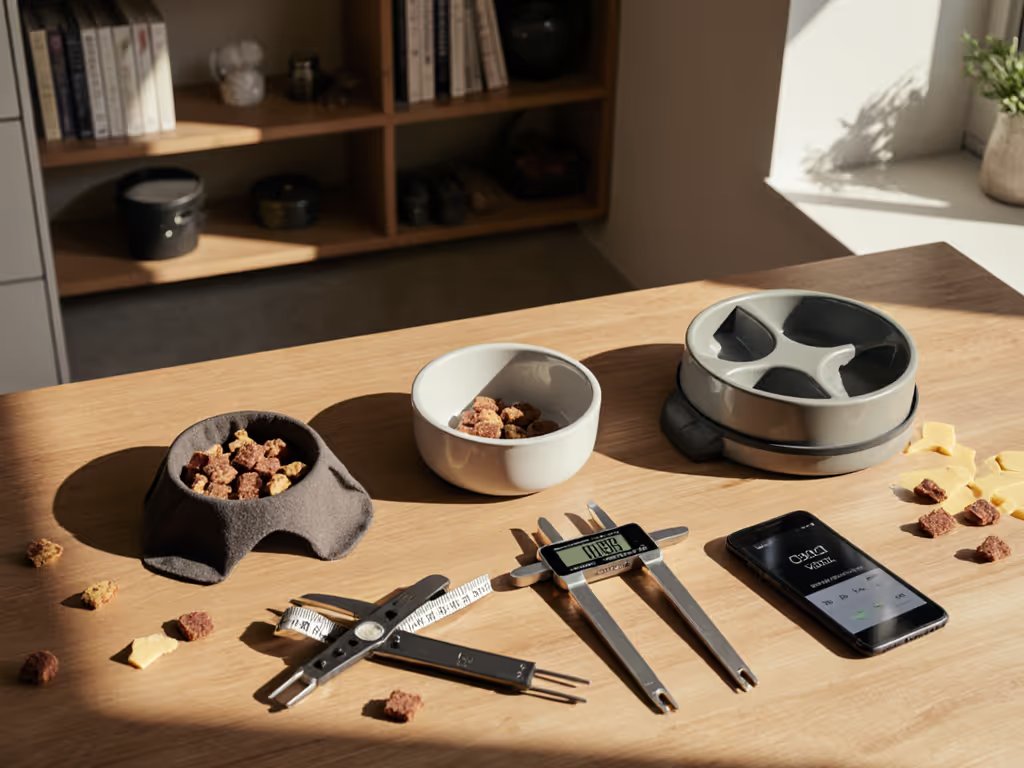
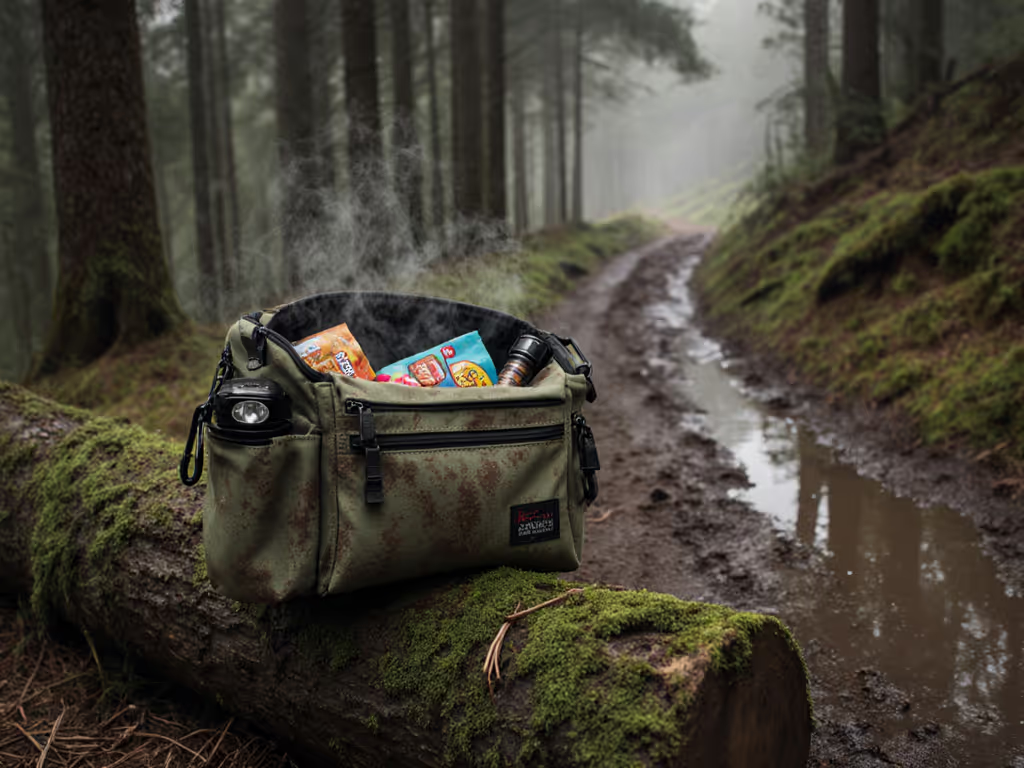
Dog Training Treat Bag: Spill-Proof & Mud-Tested
Get field-tested criteria to choose and set up a trail-ready treat bag that keeps rewards dry, visible, and instantly accessible in rain, mud, and low light. Learn how smart compartments, secure closures, and simple maintenance boost recall speed and trail safety when distractions spike.
